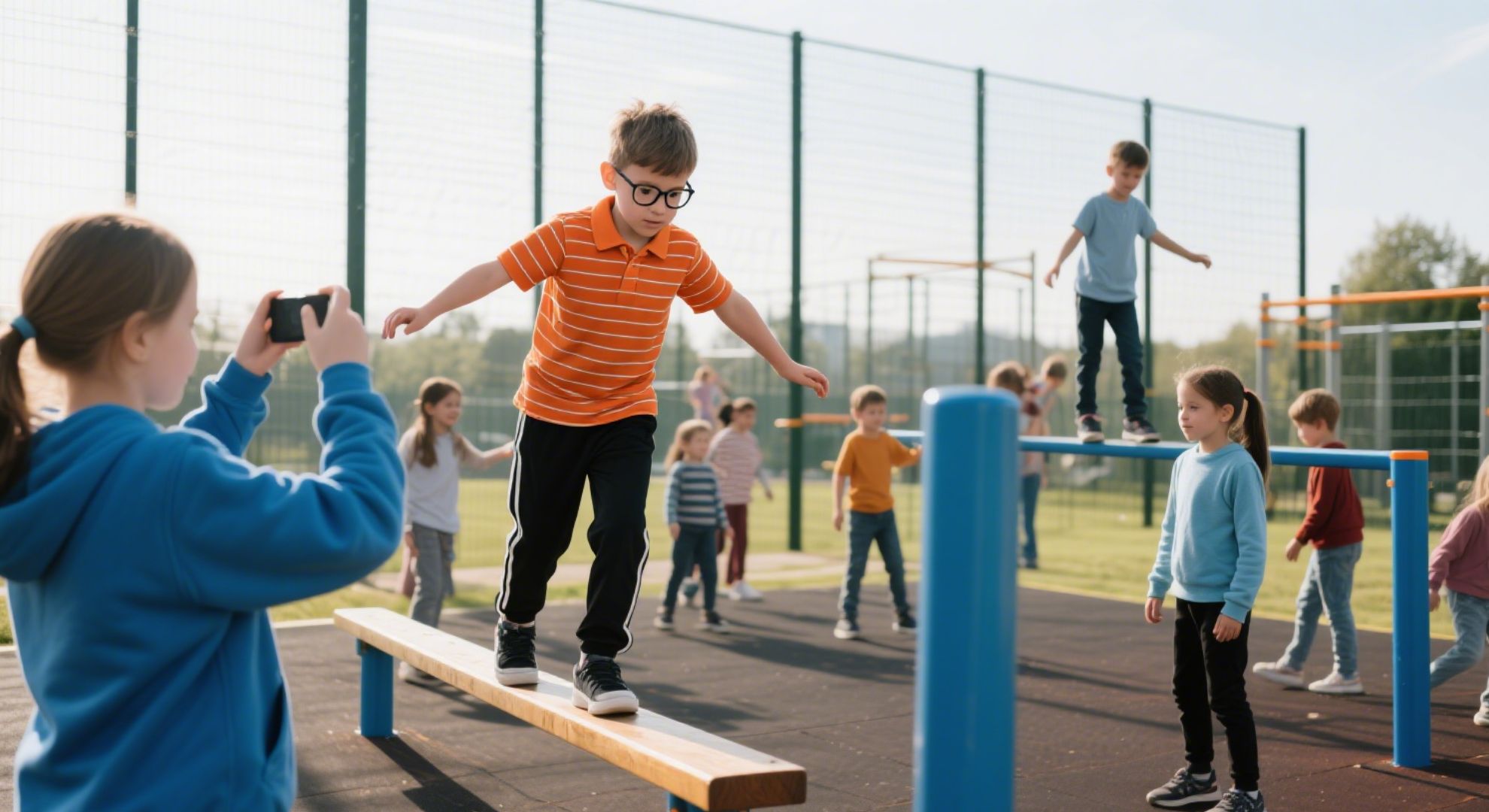7 Best Materials to Put Under a Swing Set
2025年6月27日 / By SafeKidsPlay
When installing a swing set—whether at a public playground, schoolyard, or your own backyard—selecting the right material to place underneath is critical for safety, durability, and maintenance. As a professional playground equipment manufacturer, we understand how vital it is to protect children from falls while also offering a long-lasting and cost-effective solution.
In this guide, we’ll walk you through the 7 best materials to put under a swing set, including their pros, cons, and best-use scenarios, to help you make an informed decision.
1. Rubber Mulch
Best for: High-impact areas and long-term use
Rubber mulch offers excellent shock absorption, making it one of the safest surfacing materials. It’s made from recycled tires, providing both safety and sustainability.
Pros:
-
Superior fall protection (up to 10 feet when installed correctly)
-
Doesn’t decompose or attract insects
-
Low maintenance
Cons:
-
Higher initial cost
-
Can scatter without proper containment borders
2. Engineered Wood Fiber (EWF)
Best for: Public parks and budget-conscious projects
EWF is a processed wood material designed specifically for playgrounds. It compacts well to form a stable, slip-resistant surface.
Pros:
-
Affordable
-
ADA-compliant when installed properly
-
Natural appearance
Cons:
-
Requires frequent topping-up
-
Decomposes over time and can attract mold or pests
3. Pea Gravel
Best for: Drainage-focused outdoor swing sets
Pea gravel is a small, rounded stone that provides a clean, natural look while offering decent impact absorption.
Pros:
-
Inexpensive
-
Excellent drainage
-
Doesn’t compact as quickly as mulch
Cons:
-
Not suitable for toddlers or ADA compliance
-
Can pose a choking hazard
4. Poured-in-Place Rubber (PIP)
Best for: Commercial playgrounds and custom designs
This is a two-layer rubber surface that is poured and cured on-site, providing a seamless, low-maintenance solution.
Pros:
-
Highly durable and ADA-compliant
-
Customizable in color and design
-
Requires no loose fill maintenance
Cons:
-
High installation cost
-
Needs professional installation
5. Artificial Grass with Foam Padding
Best for: Residential backyards and themed playgrounds
Synthetic turf combined with a shock-absorbing foam pad can provide both safety and aesthetic appeal.
Pros:
-
Clean and visually appealing
-
Comfortable for barefoot play
-
Good drainage and low maintenance
Cons:
-
Moderate cost
-
May retain heat in sunny areas
6. Sand
Best for: Traditional-style playgrounds
Sand is a long-standing choice for swing set bases, especially for casual or temporary play areas.
Pros:
-
Low cost
-
Easy to replace and maintain
-
Provides some fall cushioning
Cons:
-
Can get messy and attract animals
-
Needs raking and replenishing
7. Wood Chips or Bark Mulch
Best for: Natural settings and eco-conscious projects
Unprocessed wood chips or bark mulch offer a rustic look and reasonable cushioning for swings.
Pros:
-
Inexpensive and natural
-
Readily available
-
Easy to install
Cons:
-
Not ADA-compliant
-
Decomposes and can become slippery when wet
How to Choose the Right Material
To determine the best material for your swing set area, consider the following:
-
Safety Ratings: Look for materials that meet ASTM standards for impact attenuation.
-
Compliance Needs: If accessibility is required, choose ADA-compliant options like PIP rubber or EWF.
-
Budget: Factor in both installation and long-term maintenance costs.
-
Location & Climate: Choose materials that drain well and hold up in your environment.
-
Aesthetics: Match the style of your playground or backyard.
Final Thoughts
Choosing the right material under a swing set isn’t just about appearance—it’s about protecting children and enhancing the longevity of your playground. As a playground equipment manufacturer, we recommend prioritizing safety certifications and professional installation when needed.
Whether you’re building a school playground or upgrading a backyard swing set, we can help guide your selection with tailored solutions that meet both safety standards and design needs. Contact us today to explore surfacing and swing set solutions that bring smiles safely.

